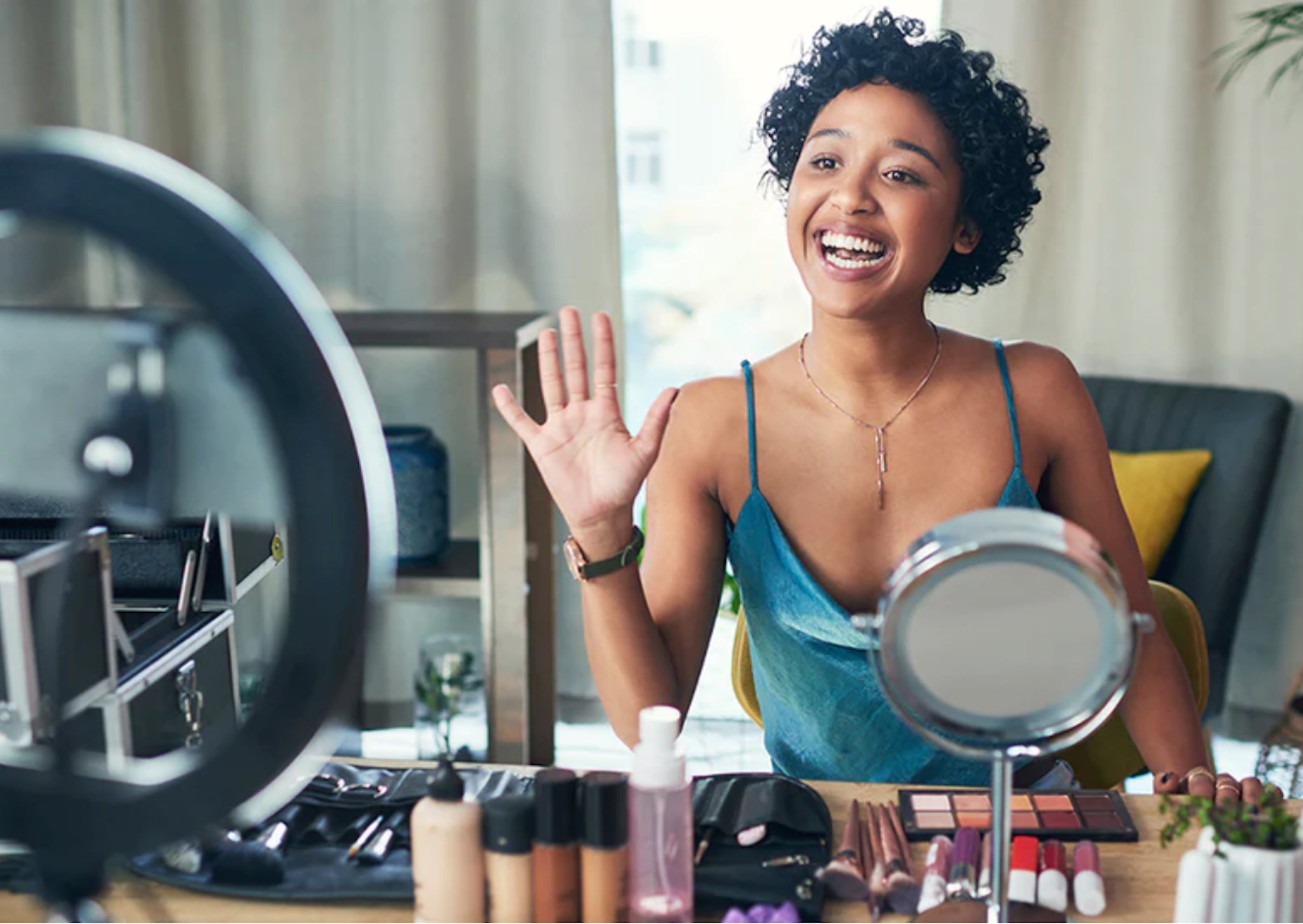Influencer marketing did not exist in most job descriptions about a decade ago. Prior to starting Kynship, Cody began his journey at QALO, the brand that created the silicone wedding ring for the active lifestyle. There, he grew the ambassador and influencer roster from the ground up – to 500+ people including names such as Lebron James, Mike Trout, and Dale Earnhardt Jr. As QALO grew, the influencer roster became as wide-ranging as the product offering: to mommy bloggers, firefighters, outdoors, and even pet influencers.
We caught up with Cody to learn about the state of influencer marketing and what makes brand/content creator relationships work so well today.
Powerful Influencers. For most brand operators, the uncomfortable truth is that there are no heuristics for what makes a good influencer. Identifying the right influencers for a specific company and product is challenging.
Most young marketers want to work with mega-celebrities in hopes that transforming a small portion of their audience into paying customers will result in multi-million dollar outcomes.
Unfortunately, follower count is an overrate measurement of influence.
Cody explained, “The number one value asset of an influencer is their content creation ability. The caveat to that is that I’m not going and getting LeBron James to represent my brand because he’s a great content creator, it’s because his name is LeBron James and he has clout like that.”
Instead of viewing influencers as a bucketed concept of people who have an audience, it’s more important to understand the role they will play in promoting a brand to their audience. What Cody highlight is an important point to understand, LeBron James is known for creating and publishing promotional videos for brands on his social media. If he were to do so, it would stick out like a sore thumb.
Working with mega influencers requires much more creativity and strategic thinking around activations that feels organic. Cody believes that a majority of brands should never be involved with a celebrity influencer like Lebron or Kim Kardashian.
He shares, “[Brands] get so distracted by the fancy and shiny bright lights so that they get lost in [thinking] Khloe Kardashian is going to post once and all they need to do is just get their product into her hands to post and the business will earn millions of dollars.”
That is very unlikely. The outcome ends up resulting in an overpayment for content with little to no sales lift.
This is not a criticism of celebrity influencers. What Cody is sharing is that most brands that he and his team work with perform significantly better working with natural content creators.
Creators First. The simplest way to think about working with influencers is to ask “If I put my product in their hands, are they going to create great content that I can repurpose, and is this someone that I want to build a relationship with?”
Cody focuses his influencer search criteria on the following:
Content quality: What do they post about and does it appear to be well-thought-out and executed content?
Cody explains. “Content creation has a low barrier to entry, but you can look at certain qualities like how much engagement they’re getting on their consistent posts. I can see the audience taking into consideration fake followers. Do they have 20,000 followers, and 5,000 likes, or is the reverse with 20,000 followers, zero comments, and 30 likes?
Face time: How often is the influencer in the shot of the content?
Cody shares, “I want to assess if they are comfortable, creative, and charismatic on camera.” This is an important point to highlight because some social media accounts are phenomenal at content creation, but the relationship exists between the content and the audience, not the creator and the audience.
A powerful influencer is someone who can personally connect to their audience at a human level.
The Why: “Why do they create content?”
Cody explains you don’t ever want to work with someone who stumbled into becoming an influencer as a cash grab, “They’ll work with a supplements company for content on Monday and another supplement on Friday.”
Let’s be clear. There’s nothing wrong with influencers working with multiple brands in the same industry. What Cody is highlighting is much more than that. As a brand, it becomes extraordinarily difficult to manage expectations and content with an influencer who has alternative motivations.
As a brand, it’s important to work with partners who are passionate about your brand. Most audiences can quickly capture authenticity through content. Authenticity starts with an influencer’s personal passion for what a brand is offering.
A relationship between an influencer and a brand is a very important one.
Cody explained that some of the best influencers he and his team have worked with feel like a two-way interview. In other words, content creators should be interviewing brands and deciding if they are a good fit for their audiences or not.
Most brands approach influencers wrong. Cody shares that if you approach an influencer with 17 requests, you’re kick-starting the relationship to a bad start. Some of the world’s best content creators get pitched to work with hundreds of brands each day.
In order to stand out, it’s key to do research in advance and plan to build a long-term relationship from the very start.
Rise of UGC. The natural question becomes how did CPG get to this point where influencers have played such a critical role. The explosion in influencer marketing boils down to one central truth: if you’re running an e-commerce brand, you need good content that resonates with your audience.
Most brands can not afford to get content through models, studio shoots, a videographer, and a high production budget. This is what has made user-generated content (UGC) an extraordinary unlock for brands.
Cody goes as far as to consider UGC as an early “arbitrage opportunity.”
He shares, “The transition from working with social media audience to drive sales to just the content creation side of things is becoming a huge focus just because it’s so hard for brands to consistently get good content.”
What Cody is highlighting is something social media managers and marketing teams have only recently caught up with. The value of good content is not that it promises to drive sales, instead, the mindset is shifting into considering good content as the most valuable part of the creator and brand partnership.
Instead of spending 50-100k dollars and hours filming high-quality content, it’s more important that brands have engaging stories to tell through UGC. Since sales are not always impacted by content, brands should be leveraging their influencers as a way to tell their story and highlight core aspects of their brand.
Cody gives us an example of what he means by this, “I got to pay [influencers] some number of dollars because they have 10k followers and I just wanted access into those thousand followers so they can see a post and hopefully buy. [Brands] are still doing this and it’s a dying model.”
Most social media platforms will look more like TikTok in the future – not from a functionality standpoint, but in terms of the emphasis on quality content over rented audiences. Videos and posts will go viral for the content itself and not because of follower counts.
In a world where content becomes increasingly important, brands need to be getting smarter and more selective with the creators they work with.
Silver Lining. As much as we love talking about creators launching brands, the truth is you’ll see influencers continue to work with brands far more than they create their own. People who are full-time content creators have more upside to working with already-established brands than they have to build their own.
Cody shares, “Just because you’re a creator doesn’t mean you’re a good marketer or a good e-commerce operator.” This is also why most brands should limit the oversight they have on creators. Let them focus on the creative process they have proved to nail down with their audience and let your focus be to discover how to repurpose it.
Kynship is a world-class influencer marketing agency that is setting the bar. To stay up to date on their work, visit www.kynship.co or follow Cody on Twitter @Cody_Wittick

